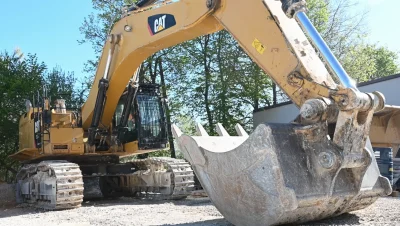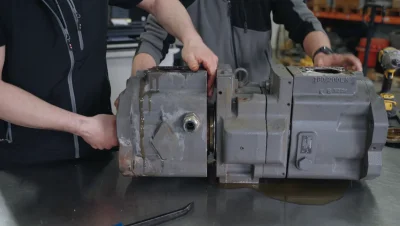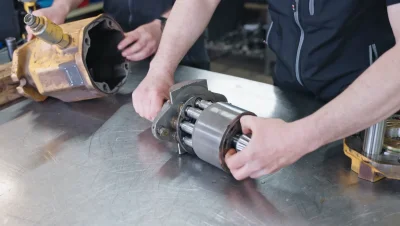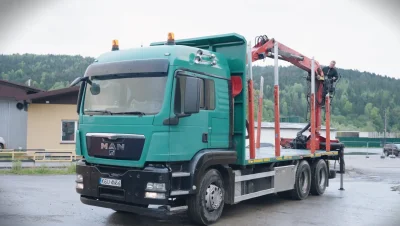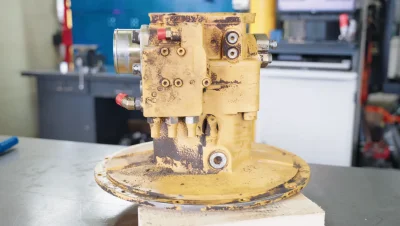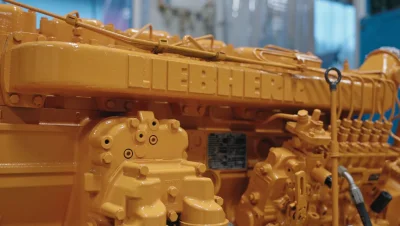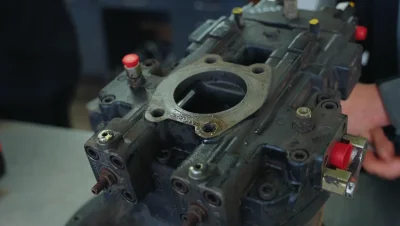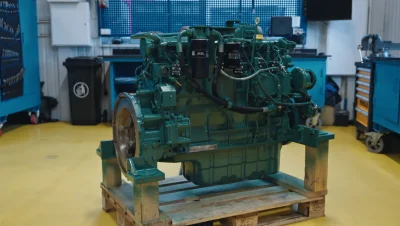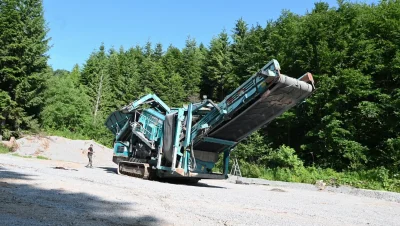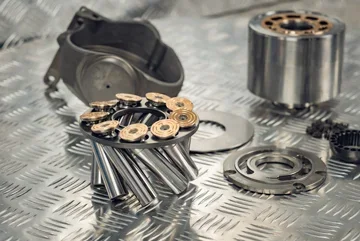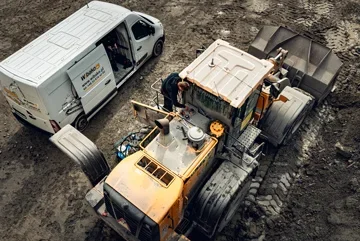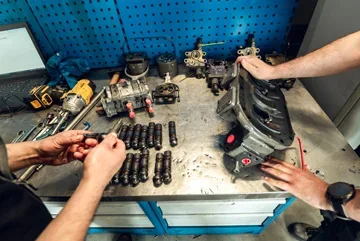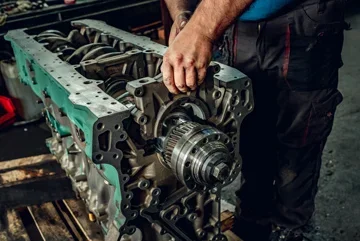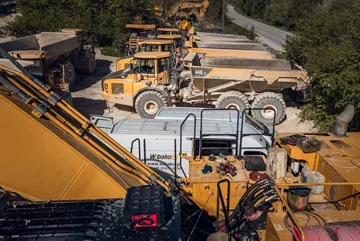What functions do the elements of the hydraulic system perform?
Hydraulic systems of modern construction machines are extremely precise, efficient and durable. This is determined by increasingly better components, including the pump or distributor. It is worth knowing that hydraulics itself consists of many elements - each of them has an important function to fulfill. Which one? We suggest!
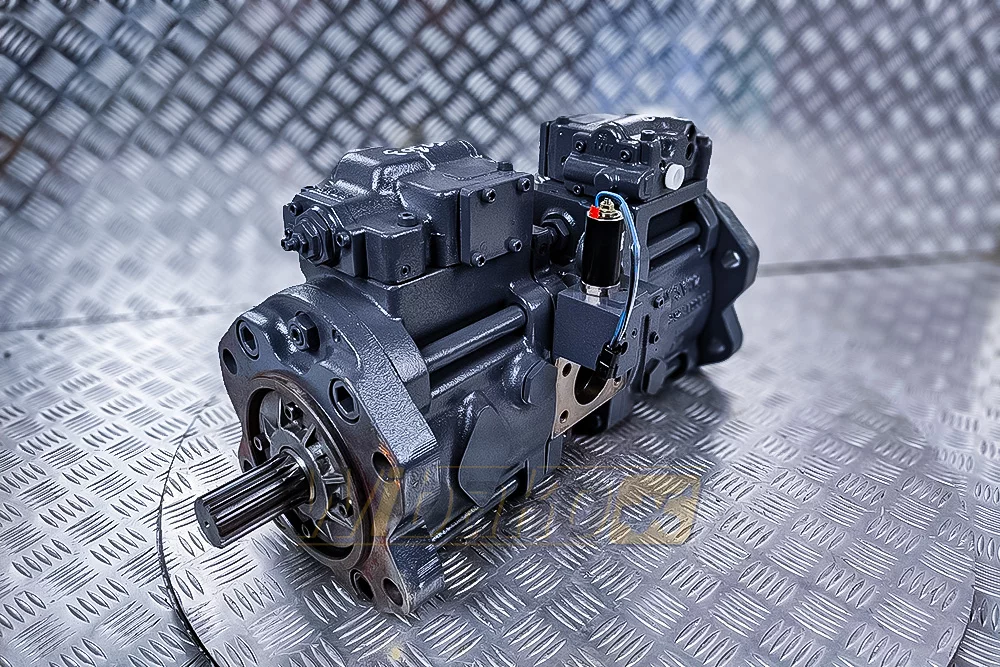
Different machines, similar functions
Of course, construction machinery manufacturers must somehow distinguish their products on the market, which is why equipment with increasingly new functions appears all the time. Many of them are based on revolutionary solutions in hydraulic systems.
The components used in individual machines therefore differ from each other and have an increasingly complex structure. Despite this, the basic functions of hydraulic systems remain unchanged and are still based on the same components:
- Hydraulic pump
- Distributor
- Hydraulic oil tank
- Receivers - actuators and hydraulic motors
- Oil cooler
- Control elements
- Hydraulic filters
- Connecting elements including connectors, tees, valve blocks, etc.
- Hydraulic accumulators and hoses
- Hydraulic oil
Of course, each of these components can have different variants, which ultimately translates into the efficiency of the hydraulic system, but in daily work their principle of operation is similar.
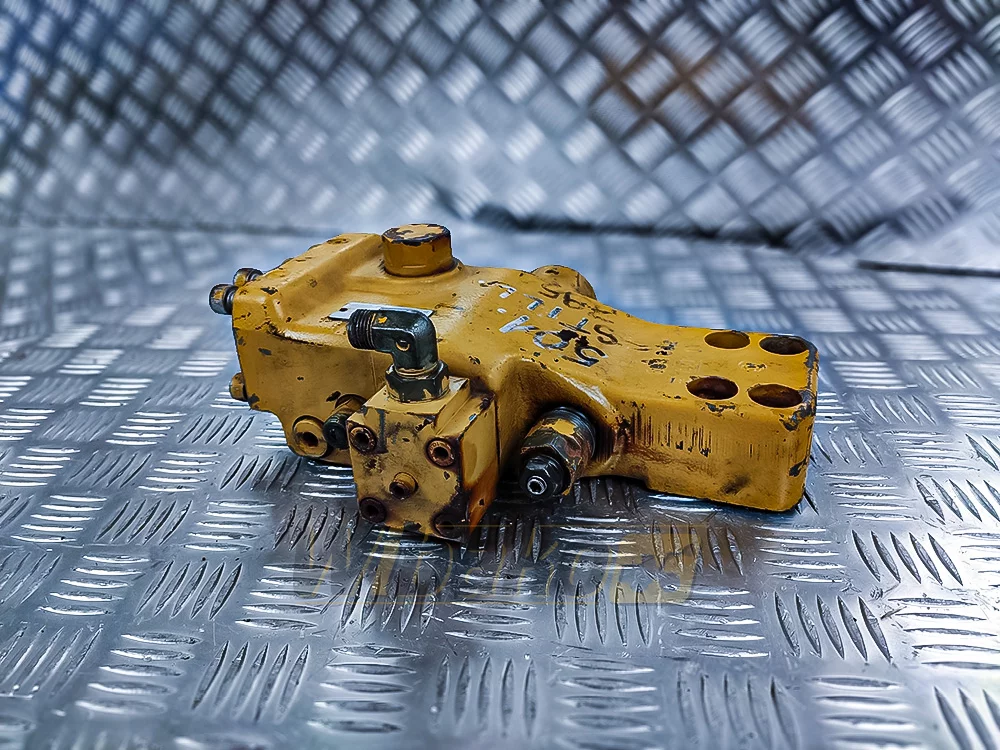
What are the most important elements of the hydraulic system responsible for?
Let's start with the hydraulic pump, because it has the most important role to play in the whole system. Its task is to convert mechanical energy into fluid pressure energy. An efficient pump produces a controlled oil flow with appropriately regulated pressure. Valves, distributors and the control system are responsible for controlling the flow and pressure of hydraulic oil.
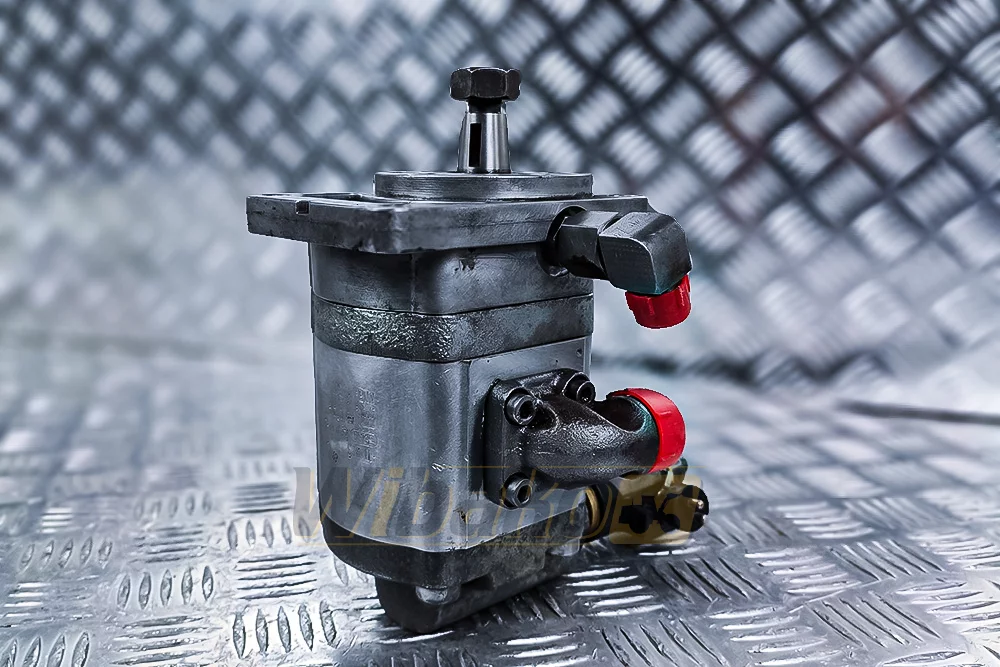
The oil pressure energy is then used by receivers, most often hydraulic motors and hydraulic cylinders. This makes it possible to move the boom or bucket. In the hydraulic system, we will also find a network of pipes and other hydraulic fittings that distribute oil through a system of filters and a cooler directly to the oil tank.
Elements supporting the work of the hydraulic system include the drive system, electrical and pneumatic system.
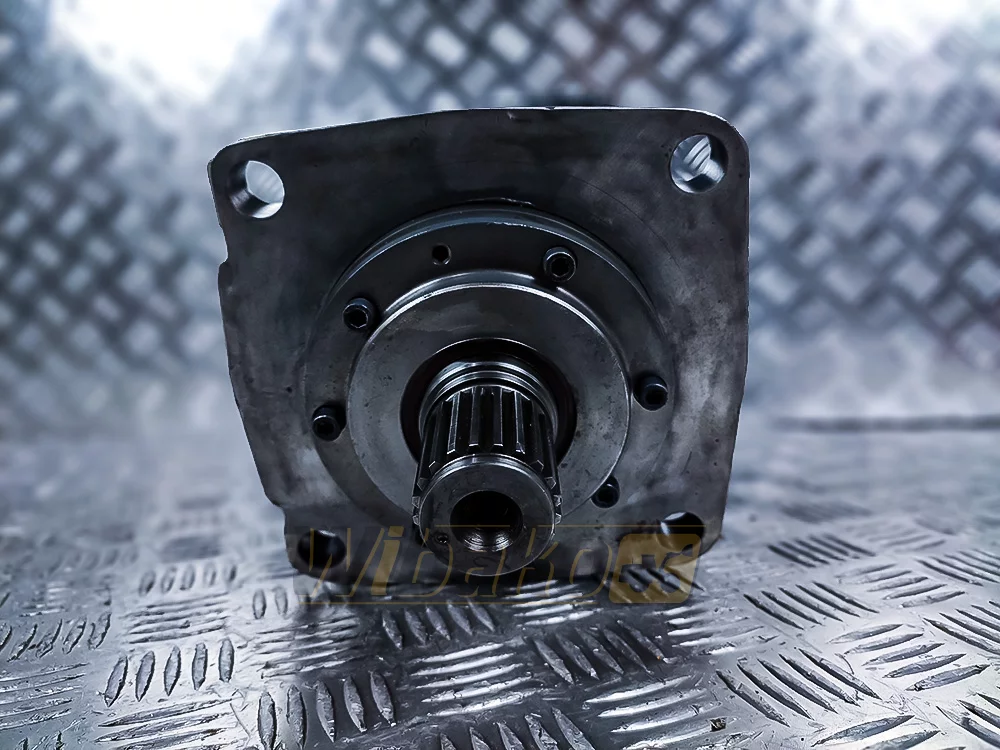
They are, like the hydraulic systems themselves, constantly improved to ensure even greater working efficiency of construction machines.
The hydraulic systems of construction machines are so advanced and efficient that they require constant service control, including regular filter replacement.



